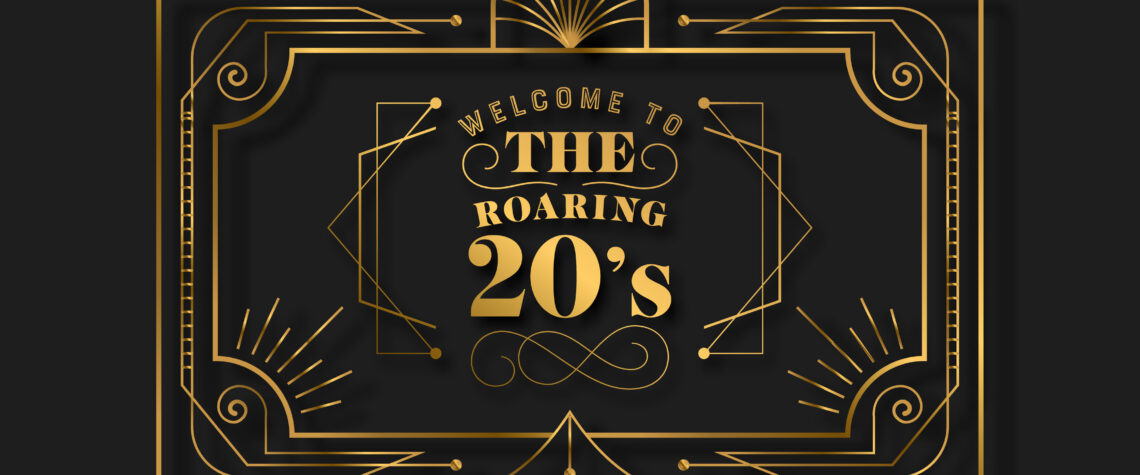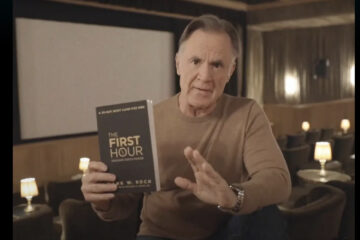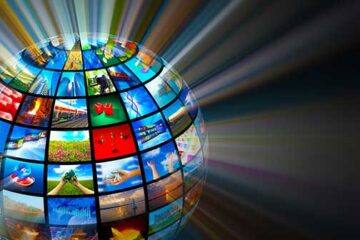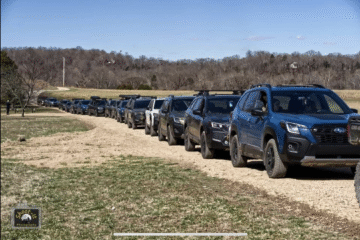Having finally bid farewell to 2020, the whole world now seems poised to enter an era of renewed anticipation and hope. You can almost hear a faint, collective sigh of exasperation mingled with an expectation of better things to come, and a return once again to welcoming handshakes and smiles.
Mark Twain is credited with the phrase: “History does not repeat itself, but it often rhymes.” As we look ahead to celebrating an eventual return to normalcy, here’s a brief look back at some of the eerie similarities between the 1920s and the events unfolding today.
5 Similarities Between Roaring 1920s and Today
1. The Culture Wars of the “Roaring 20s” and the 2020s.
In the 1920s, the term “modernist” was synonymous with today’s “liberal” or “progressive”. Likewise, in the 1920s the label “traditionalist” was used to describe those on the conservative end of the political spectrum. Like today, there was a sharp division in America over the ideas and values advocated by both camps. A fierce debate erupted over the teaching of “evolution” in schools culminating in the famed “Scopes Monkey Trial” in 1925 in Dayton, Tennessee. Today, the same cultural debate rages over “erotic autonomy”, “moral relativism”, and the rift between conservative values and the “anything goes” sexual revolution.
2. Spanish Flu vs. COVID-19.
In the 1920s, a mutated version of the virus known as the “Spanish Flu” made its way around the world, eventually killing as many as 50 million people worldwide, 675,000 of those being U.S. citizens. As with the early outbreak of COVID-19, no coordinated pandemic plans existed in 1918 when the virus struck. Some cities managed to implement community mitigation measures, such as closing schools, banning public gatherings, and issuing isolation or quarantine orders, but the federal government had no centralized role in helping to plan or initiate these interventions during the pandemic. The first coronavirus cases were reported in China just before the dawn of a new decade, and this is widely expected to be the worst pandemic since the Spanish Flu.
3. The Prohibition of the 1920s and Drug Legalization Today.
Many associate the 1920s with the Prohibition, and the 18th Amendment’s nationwide constitutional ban on the production, importation, transportation, and sale of alcoholic beverages, and the rise of speak-easies and Al Capone. Today, similar battles are being fought at the national and state level over normalization of marijuana, and the war has shifted from alcohol to drugs and the influx of narcotics into the U.S.
4. The Shift In Economies And Lifestyles
The U.S. economy boomed in the wake of World War I, and the number of Americans living in cities exceeded those living on farms for the first time in our history. Women finally won the right to vote and these and other cultural shifts provoked considerable backlash. The “flappers” of the roaring 20s personified cultural trends away from tradition and a focus on entertainment and pleasure, and away from religion and ruralism. America today remains ideologically polarized as perhaps best demonstrated by the 2016 and 2020 national elections which pitted largely southern and rural “red states” against urban and coastal “blue states”.
5. Technological Change
The 1920s marked the rise of the industrial revolution. For the first time, people could purchase refrigerators, vacuums, telephones and radios and these changes connected people across great distances. Today, with the advent of satellite technology and the Internet there is rapidly evolving technology and it has significantly impacted the way we interact with each other and the world.
Larry L. Crain, Crain Law Group, PLLC – www.Crainlaw.legal














